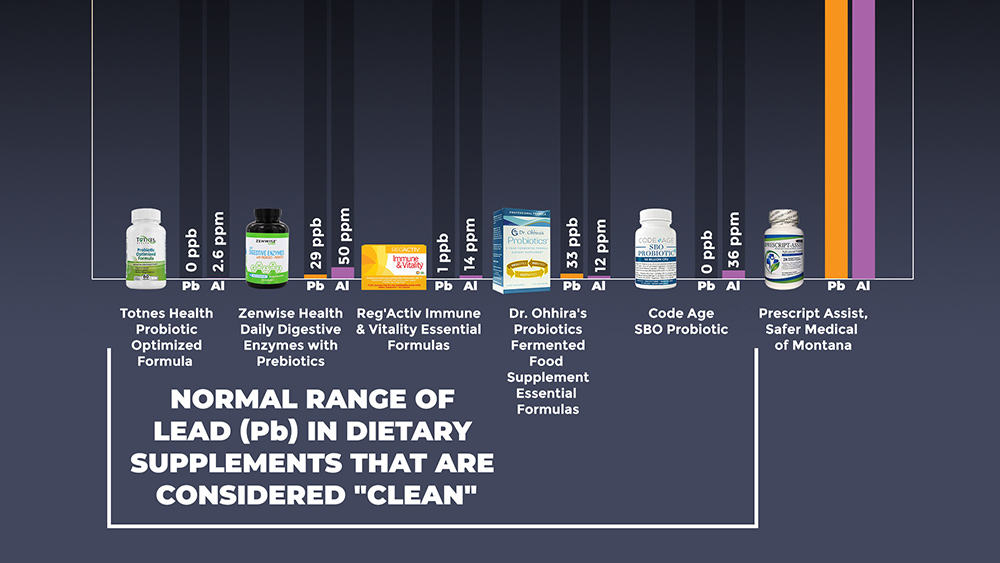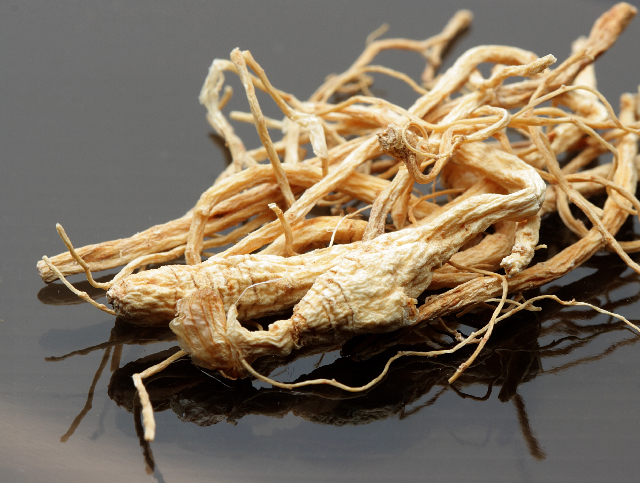The antibiotics of the future might come from… fish slime?
08/13/2019 / By Edsel Cook

The mucus layer of fish protect them from injuries and harmful infections. Certain beneficial bacteria that live in fish slime might help in the development of new antimicrobial treatments for drug-resistant infections.
Excessive use of antibiotics for treating minor diseases and for fattening animals has led to the appearance of multidrug-resistant bacteria. This has caused researchers to desperately look for new antimicrobial agents in plants and animals.
In a recent study, researchers from Oregon State University (OSU) discovered the existence of beneficial bacteria in the mucus layer of juvenile fish. These good bacteria attack harmful microorganisms, preventing them from causing diseases.
The researchers tested these beneficial bacteria’s antimicrobial properties against multidrug-resistant microbes and cancer cells. They reported promising results in terms of treating methicillin-resistant Staphylococcus aureus (MRSA) infections.
“For us, any microbe in the marine environment that could provide a new compound is worth exploring,” remarked OSU researcher Sandra Loesgen, one of the authors of the study.
Loesgen noted that while many new chemical reagents have been found in the human microbiome, the fish microbiome remains unexplored.
Researchers like Loesgen consider the mucus coating of fishes as a gold mine. This slime not only protects fish from harmful bacteria, fungi, and viruses in their surroundings, it also contains plenty of bacterial species to study. (Related: Maslinic acid and oleanolic acid exhibit antimicrobial activity against oral pathogens.)

|
Discover how to prevent and reverse heart disease (and other cardio related events) with this free ebook: Written by popular Natural News writer Vicki Batt, this book includes everything you need to know about preventing heart disease, reversing hypertension, and nurturing your cardiac health without medication. Learn More. |
Fish slime displays antibiotic properties against superbugs
Fish slime catches potential pathogens before they enter the animal. The mucus also contains plenty of natural compounds with antimicrobial effects.
“Fish mucus is really interesting because the environment the fish live in is complex,” said OSU researcher Molly Austin. “They are in contact with their environment all the time with many pathogenic viruses.”
Austin believes it would make for an exciting discovery if some of the protective compounds in fish slime could also benefit human health.
The OSU researchers got their slime samples from their California State University, Fullerton (CSUF) partner Dr. Erin Paig-Tran. The fish slime came from young, deep-sea or surface-dwelling fish that lived off the coast of southern California.
Juvenile fish possess an underdeveloped immune system. They also have more mucus covering their scales. Given these factors, young fish would have more active bacteria on their bodies than older fish with stronger immune defenses.
The researchers identified 47 different bacterial strains in the fish slime. They then obtained extracts from these bacteria and tested them against MRSA, the pathogenic fungus Candida albicans, and colon carcinoma cells.
A pathogenic bacteria produces compounds that may inhibit other microorganisms
Their results showed that certain bacteria in fish slime have inhibitory activities against human pathogens. Five strains successfully suppressed the growth of MRSA superbugs, while three achieved similar inhibitory results against C. albicans.
Even better, the slime from the Pacific pink perch contained a strain of beneficial bacteria that inhibited both MRSA and colon carcinoma cells.
The OSU researchers are currently studying the bacteria Pseudomonas aeruginosa. This Gram-negative bacteria is present in the fish slime taken from the Pacific pink perch.
P. aeruginosa is a pathogenic bacteria that can cause serious infections in humans and fishes. However, it also produces pigments called phenazines, which may be responsible for the bacteria’s antibiotic properties.
Aside from developing new sources of antibiotics for humans, the OSU researchers believe that their findings on fish slime will also benefit the animals that produce them. A better understanding of fish mucus and the bacteria in it could reduce the use of conventional antibiotics in fish farming and replace them with better, target-specific antibiotics that only affect microbes clinging to certain fish.
The OSU researchers plan to determine what constitutes a healthy microbiome in fish next. P. aeruginosa and the other bacteria found in fish slime may not be permanent members of the animal’s normal microbiota.
Sources include:
Tagged Under: alternative medicine, antibiotic resistance, Antibiotics, Antifungal, Antimicrobial, candida albicans, colon cancer cells, discoveries, discovery, drug-resistant bacteria, drug-resistant infections, fish immunity, fish microbiome, fish mucus, fish slime, good bacteria, marine life, mrsa, multidrug-resistant bacteria, natural antibiotics, natural compounds, natural cures, natural medicine, pathogenic bacteria, phenazines, prevention, research, superbugs


















